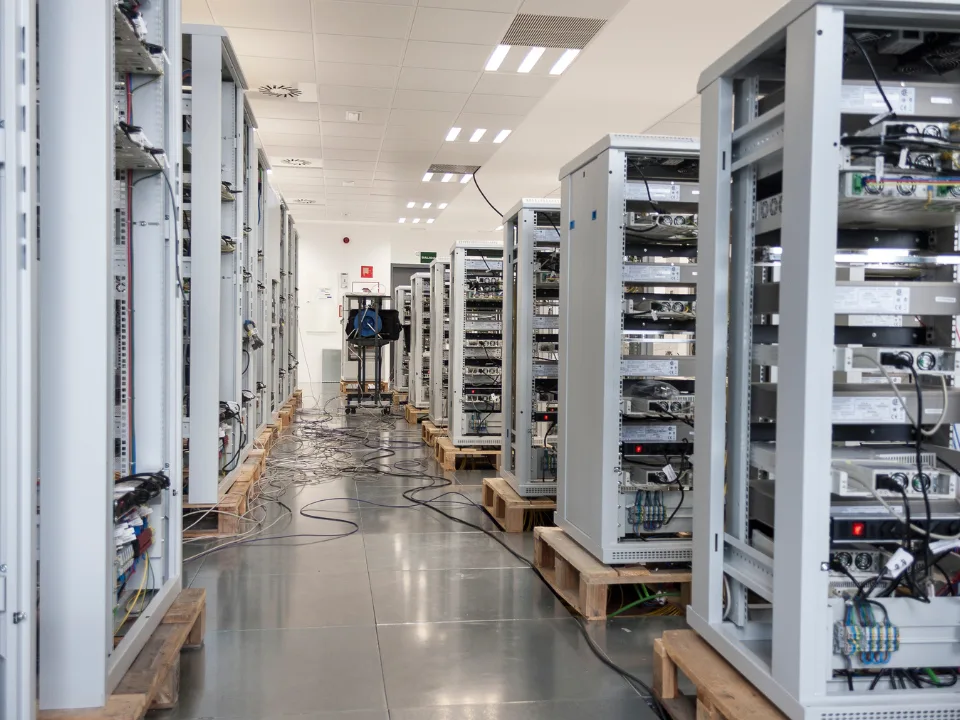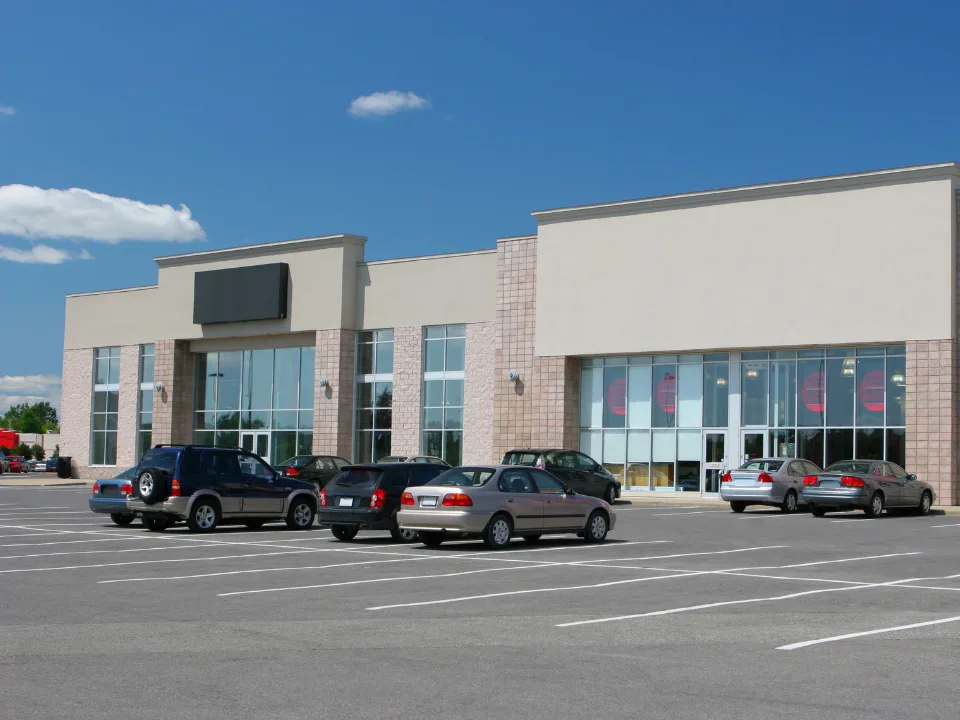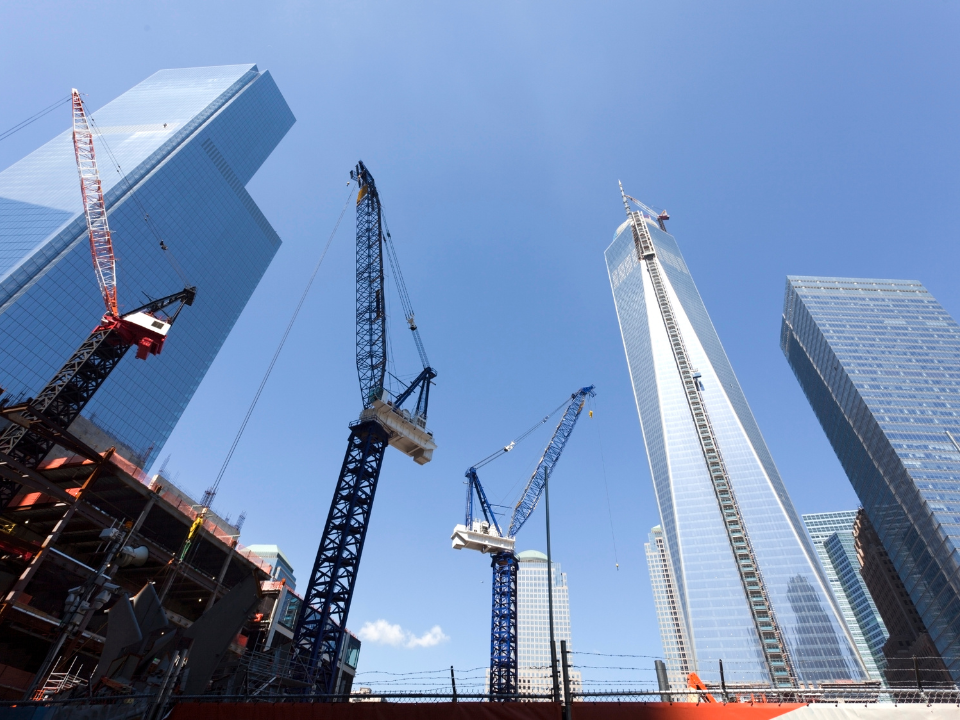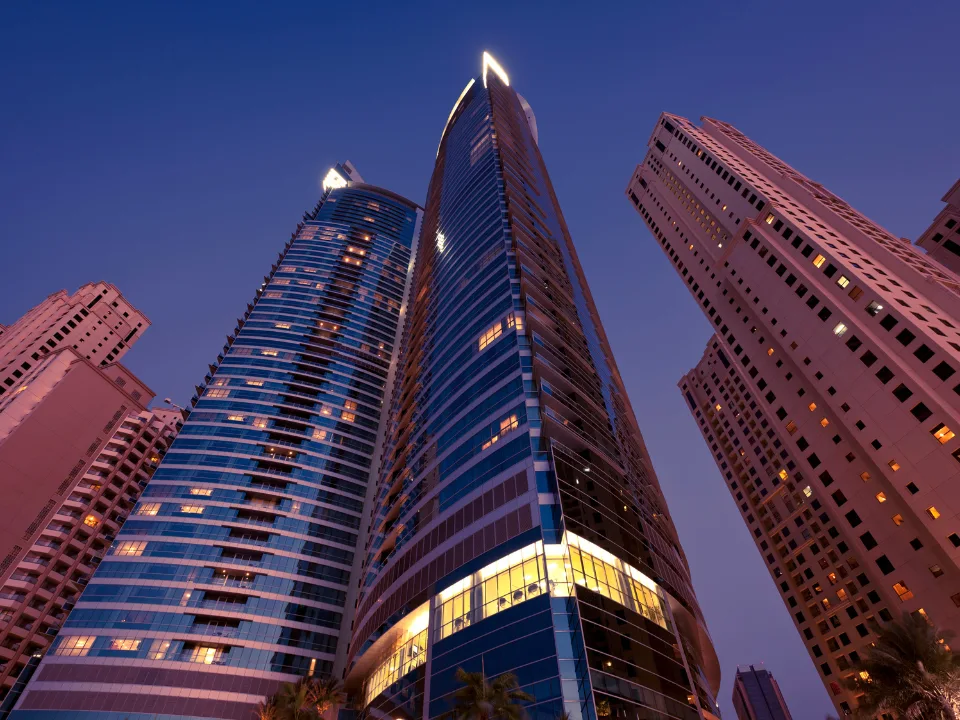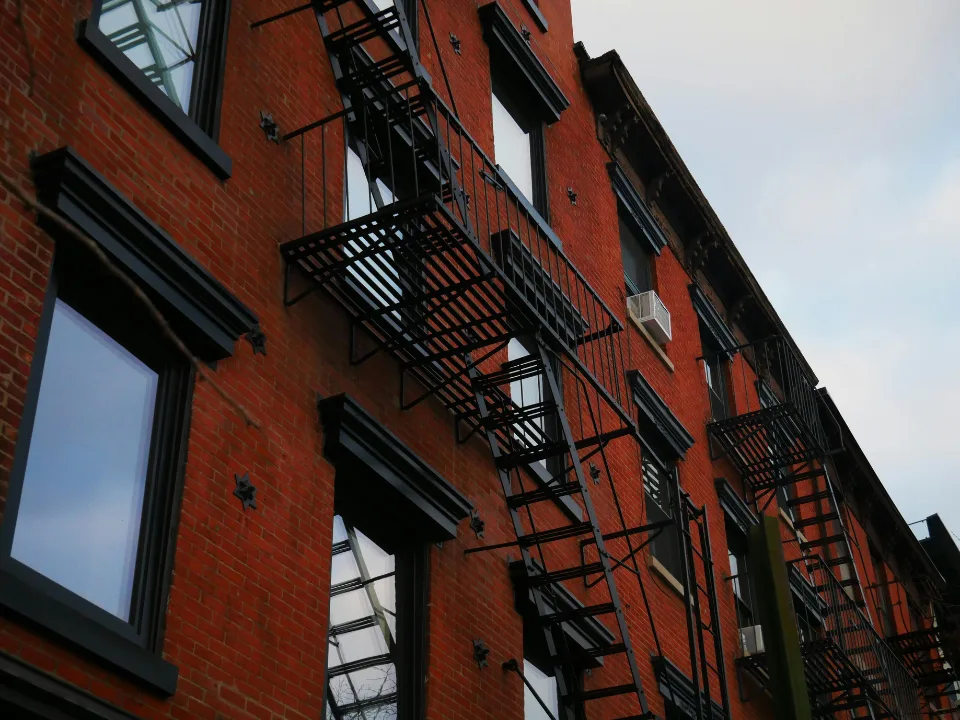- Larry Silverstein is proud he helped rebuild the World Trade Center, with five of the seven planned buildings now completed and 97% leased.
- Despite challenges, including insurance disputes and neighborhood revitalization, Silverstein remains optimistic about Lower Manhattan’s transformation.
- Silverstein is adapting to current trends by converting aging office spaces into residential units, including a project at 55 Broad St.
At a recent Q&A session coinciding with the release of his memoir The Rising, developer Larry Silverstein reflected on the two-decade-long effort to rebuild the World Trade Center.
Rebuilding After 9/11
As reported in CommercialSearch, the discussion, held just before the anniversary of the 9/11 attacks, covered the challenges he faced in the process—and his pride in transforming the WTC site into a major hub of commerce, arts, and culture.
Silverstein emphasized the significant progress made since that fateful day, with five of the seven planned towers now completed and 97% leased.
He also highlighted the long road to revitalizing the area, overcoming obstacles such as rebuilding a destroyed Con Edison substation and settling a $4B insurance dispute.
Revitalization Hurdles
In the early 2000s, Lower Manhattan struggled with its identity, primarily catering to stockbrokers and office workers.
Silverstein noted that the neighborhood was largely empty on weekends, but it has since transformed into a residential area, which few could have expected twenty years ago.
However, new challenges have also emerged, such as adapting older office buildings to modern needs or converting them to residential use, as seen in Silverstein’s recent acquisition of 55 Broad St.
Reasons to be Optimistic
Despite the hurdles, Silverstein remains optimistic about NYC’s resilience. He believes the city can overcome any crisis, from financial downturns to pandemics, and that the pursuit of a meaningful goal is key to success.
His long career in the Big Apple, dating back to 1956, has provided him with ample opportunities, reinforcing his belief in the city’s enduring potential as the ‘Rome’ of the U.S.
